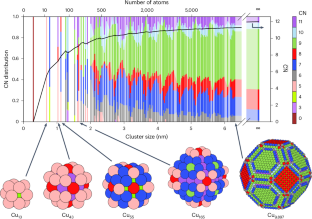2025-01-09 ワシントン大学セントルイス校 (WashU)
 Even the most advanced aircraft remain subject to the long-established principles of aerodynamics, which are still not fully understood by theorists. Luckily, the planes keep flying anyway. (Photo: PxHere)
Even the most advanced aircraft remain subject to the long-established principles of aerodynamics, which are still not fully understood by theorists. Luckily, the planes keep flying anyway. (Photo: PxHere)
<関連情報>
- https://source.washu.edu/2025/01/washu-engineer-reaffirms-century-old-modern-theory-of-lift/
- https://engineering.washu.edu/news/2024/Just-keep-flying.html
- https://arc.aiaa.org/doi/10.2514/1.J064434
古典的翼の揚力問題へのガウスの原理の応用 Application of Gauss’s Principle to the Classical Airfoil Lift Problem
David A. Peters and Robert A. Ormiston
AIAA Journal Published:22 Nov 2024
DOI:https://doi.org/10.2514/1.J064434
Abstract
This paper examines the application of Gauss’s principle of least constraint to the classical problem of the lift of a two-dimensional airfoil in ideal, incompressible fluid flow, including the role of the empirical Kutta condition that determines the airfoil circulation in classical theory. Gauss’s principle demonstrates that the fluid pressure field consists of two components: a constraint pressure field that enforces the continuity and nonpenetration constraints and an impressed pressure field of arbitrary strength that satisfies but does not influence any constraints. The analysis shows that a flow solution that minimizes the difference between the acceleration and the impressed pressure gradient is a valid solution of Euler’s equation. Furthermore, Gauss’s principle proves that ideal potential flow airfoil theory is incomplete and that a first principles closure condition cannot exist within potential flow. This reaffirms the view that an external, empirical condition is needed to complete classical airfoil theory, i.e., the Kutta condition. The paper also investigates and disproves a new variational theory of lift developed from Hertz’s principle of minimum curvature that is claimed to provide a closure condition based on first principles to replace the empirical Kutta condition of classical airfoil theory.



